How to turn found sounds into atmospheric drone textures
Even the most humble of raw recordings can form compelling layers of drone-based, atmospheric textures
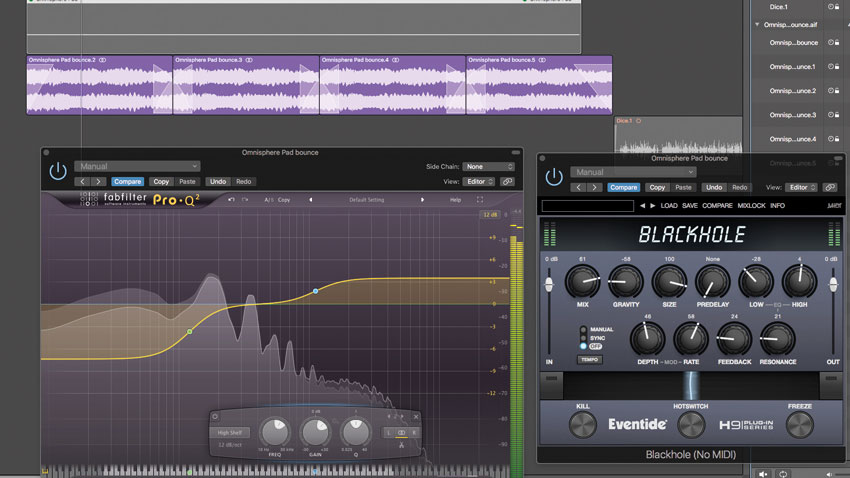
Organic and dynamically interesting, found sounds make prime source material for drones and ambiences. All you need are a couple of environmental recordings, some plugin effects and perhaps a synth for layering in. Follow along as we walk you through the process…
For more on designing atmospheric sounds, get your hands on the December 2018 edition of Future Music.
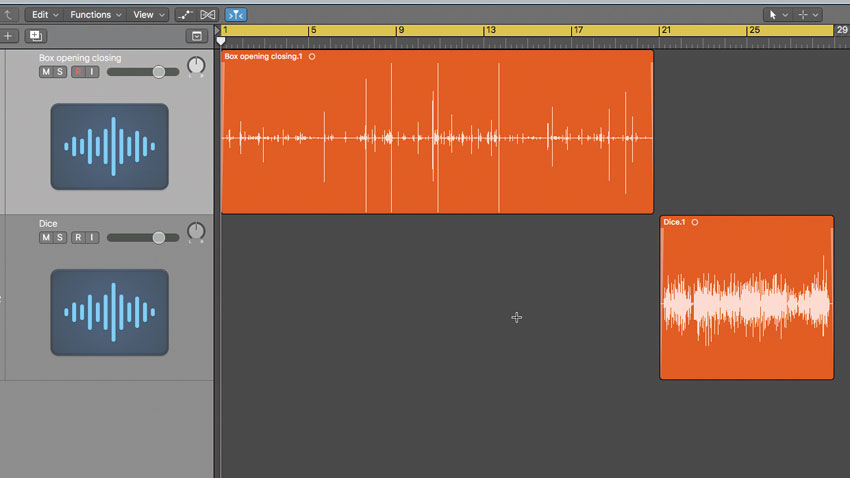
Step 1: We start by importing two audio recordings onto two new audio tracks. One is a recording of a small cardboard box being opened and closed, while the second is of five dice being shaken and rolled inside a plastic container. Both are completely unprocessed.
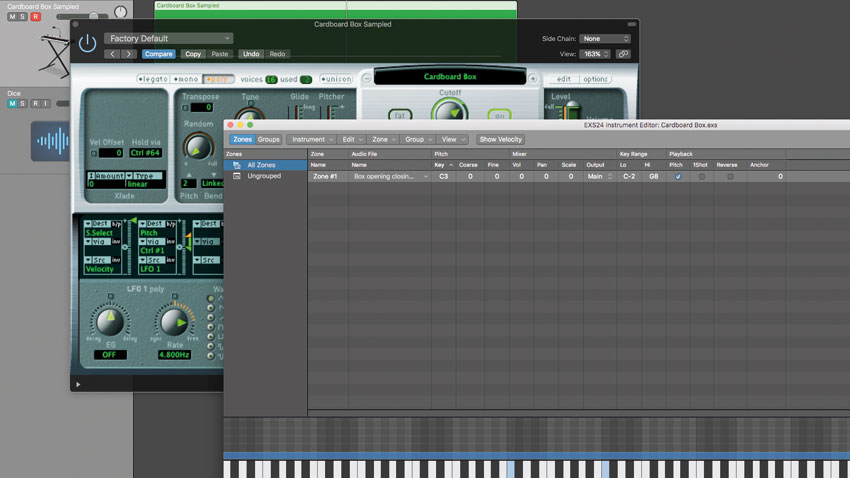
Step 2: First, we drag the Cardboard Box file into a sampler (any will do). We map its root note to C3 but allow the entire key range to play it. So at C2, it plays at half speed and at C1, a quarter speed. We use the sampler’s low-pass filter to roll out some high end.
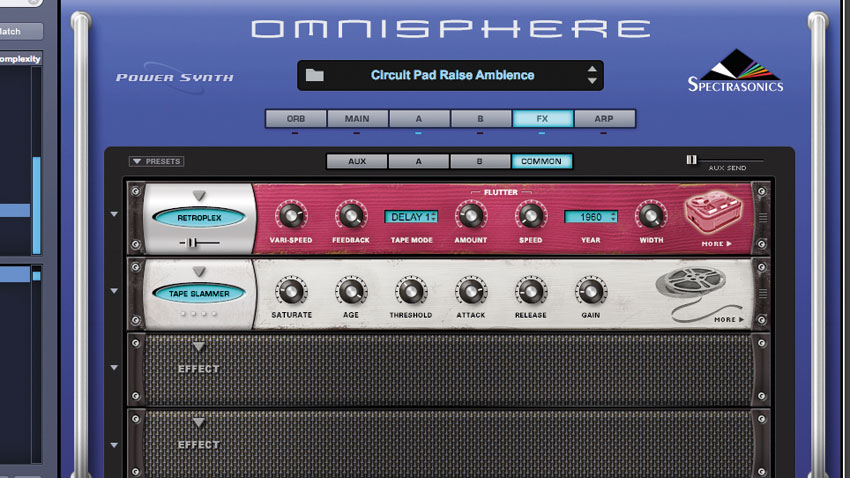
Step 3: Next, we add a sound called ‘Circuit Pad Raise Ambience’ from Spectrasonics Omnisphere 2. We head to the in-built effects and increase the Tape Slammer Saturation, while also turning up the ‘Age’ parameter. We run this alongside our sampled cardboard box texture.

Step 4: The pitchbend at the start of this sound isn’t ideal, and neither is its volume decay. Create a loop by selecting a section and use equal-power crossfades across each repeat. Roll out some bottom end and boost the top. Make a big space for this sound with Eventide’s Blackhole.
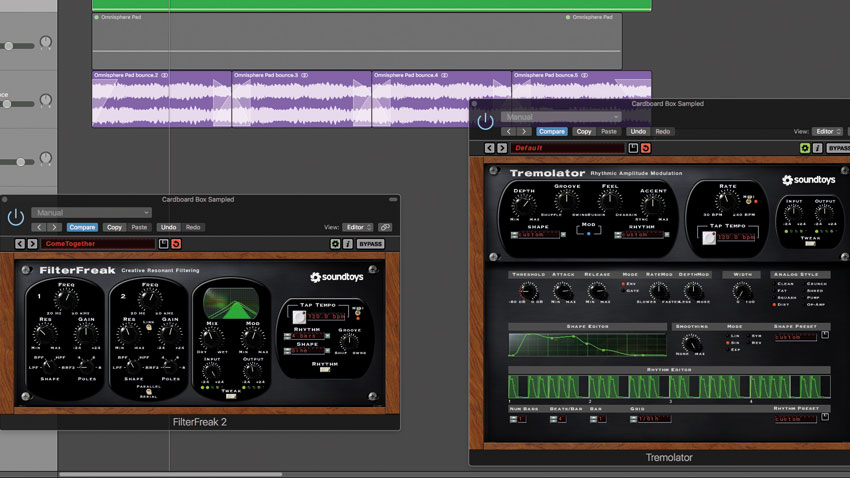
Step 5: We vary the box’s tone with Soundtoys Filter Freak 2, using opposing band-pass filters for movement. Adding Tremolator to create a rapid, snuffling volume modulation treatment makes the sound more animalistic, particularly with a long reverb.
Get the MusicRadar Newsletter
Want all the hottest music and gear news, reviews, deals, features and more, direct to your inbox? Sign up here.
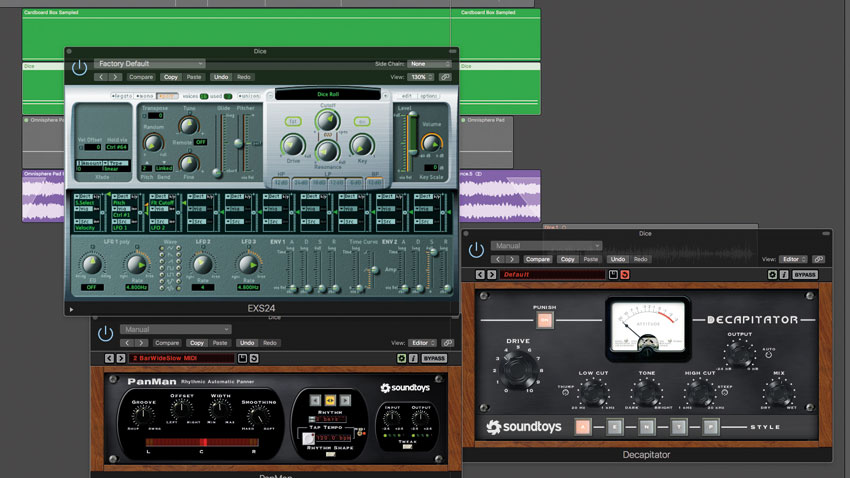
Step 6: We sample the dice roll and record two low notes for it, then set up a band-pass filter in the sampler and send a four-bar sine wave LFO to it to make the sound glide in and out. Finally, we add saturation from Soundtoys’ Decapitator and auto-panning from PanMan, plus reverb and delay.
Future Music is the number one magazine for today's producers. Packed with technique and technology we'll help you make great new music. All-access artist interviews, in-depth gear reviews, essential production tutorials and much more. Every marvellous monthly edition features reliable reviews of the latest and greatest hardware and software technology and techniques, unparalleled advice, in-depth interviews, sensational free samples and so much more to improve the experience and outcome of your music-making.










